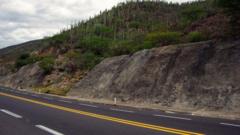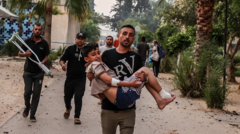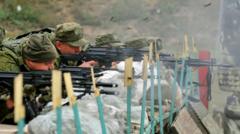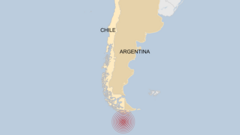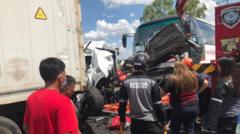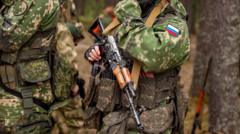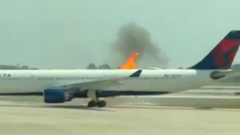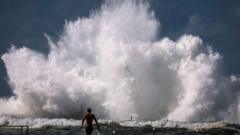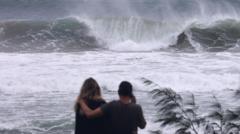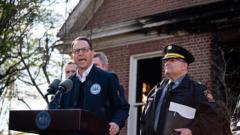This article explores the tragic start of the wildfire season in Manitoba, with two confirmed fatalities, significant evacuations, and an ongoing heat wave exacerbating conditions.
**Canada Grapples with Early Fire Season Tragedies**

**Canada Grapples with Early Fire Season Tragedies**
A deadly wildfire in Manitoba prompts evacuations and reveals the intensity of Canada's 2025 fire season.
With a tragic start to the 2025 wildfire season, Manitoba is facing a crisis as two individuals lost their lives to an aggressive fire in the town of Lac du Bonnet. The victims were unable to escape as the wildfire rapidly advanced, prompting the urgent evacuation of approximately 1,000 residents in the area. "The loss of life turns an emergency situation into a true tragedy," stated Wab Kinew, Manitoba's premier.
Initial reports indicate that the town was under a mandatory evacuation order due to the encroaching flames, which have since consumed up to 10,000 acres. The cause of the wildfire remains under investigation, but the situation has been exacerbated by an intense heat wave gripping the region, with Winnipeg experiencing temperatures soaring to a record 37 degrees Celsius (99 degrees Fahrenheit).
Though fires are currently burning in various provinces, most remain under control. The authorities predict an increase in fire activity due to anticipated lightning strikes across southern British Columbia and the prairies as we progress further into spring. Historically, Canada's fire seasons peak between May and September, but 2023 is being dissected as the worst season on record, accounting for over 6,000 wildfires and close to 37 million acres burned.
In the wake of past devastation, which saw wildfires in Quebec impact air quality across the United States, officials are now preparing for what may unfold this summer. Currently, around 100 wildfires are active in Canada, with five in Manitoba still out of control. However, there is a glimmer of hope as recent rain may offer temporary reprieve.
“We’re asking for rain,” Premier Kinew encouraged, as holiday festivities approach—an ironic request during a time typically reserved for fireworks and celebrations. All eyes are now on how the weather and fire management efforts will shape the coming weeks of this tumultuous fire season.
Initial reports indicate that the town was under a mandatory evacuation order due to the encroaching flames, which have since consumed up to 10,000 acres. The cause of the wildfire remains under investigation, but the situation has been exacerbated by an intense heat wave gripping the region, with Winnipeg experiencing temperatures soaring to a record 37 degrees Celsius (99 degrees Fahrenheit).
Though fires are currently burning in various provinces, most remain under control. The authorities predict an increase in fire activity due to anticipated lightning strikes across southern British Columbia and the prairies as we progress further into spring. Historically, Canada's fire seasons peak between May and September, but 2023 is being dissected as the worst season on record, accounting for over 6,000 wildfires and close to 37 million acres burned.
In the wake of past devastation, which saw wildfires in Quebec impact air quality across the United States, officials are now preparing for what may unfold this summer. Currently, around 100 wildfires are active in Canada, with five in Manitoba still out of control. However, there is a glimmer of hope as recent rain may offer temporary reprieve.
“We’re asking for rain,” Premier Kinew encouraged, as holiday festivities approach—an ironic request during a time typically reserved for fireworks and celebrations. All eyes are now on how the weather and fire management efforts will shape the coming weeks of this tumultuous fire season.


